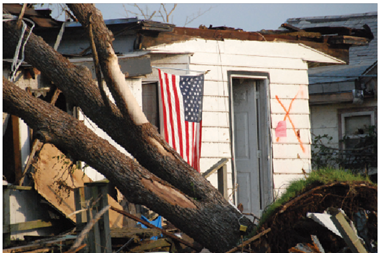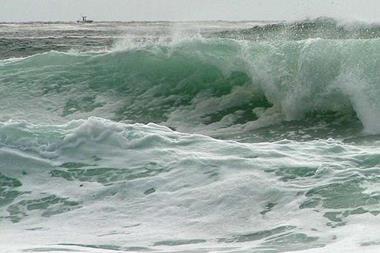After the Japanese earthquake, companies could find it much harder to buy catastrophe cover in hazardous zones, finds Sue Copeman
Following the Japanese earthquake, large European companies could find it more difficult – or at any rate considerably more expensive – to buy the level of insurance they would like in hazardous zones. Further insurers are going to be looking more carefully at writing contingent business interruption cover (ie relating to supplier damage) in these territories.
An Advisen special report, sponsored by RiskMeter, says that there have been eight significant earthquakes (6.1 or greater on the Richter scale) since January 2010. It suggests that insurers may re-evaluate US earthquake cover, particularly in the wake of the Japanese disaster. Certainly, Japan seems to have been a wake-up call for some underwriters.
While insurers have become increasingly aware of the dangers of aggregation of losses for some time, a period relatively free of major insured nat cat damage may have led to some complacency.
According to Aon Risk Solutions, most insurers try to control their cumulative risks in Japan and other high hazard areas. “Coverage, limits and deductibles may depend on earthquake zones as defined by the individual insurer/policy.” However, StrategicRISK interviews with insurers at the June conference held by the UK risk management association Airmic, suggested that some will now be looking to review their nat cat limits.
Christine Bartlett, interim property underwriting manager, XL Insurance UK, commented: “Japan has been an eye-opener for everybody. This applies not just to locations in the vicinity but also the knock on effect from contingent business interruption involving specified and non specified suppliers.
“However, it’s not just Japan but also the Australian floods, the New Zealand earthquake and other recent disasters. It won’t be a matter of whether cover is available or not but whether companies are prepared to pay the premium required. Premium is a prime focus for everybody these days,” she said.
A spokesperson from another insurer who did not wish to be quoted said that there is a general movement by insurers towards looking for more certainty. “Whilst we have looked at risk quite carefully in the past, we are now looking more carefully at potential exposures and also exposures of which we might not be aware. We’ll be seeking more certainty as regards unspecified suppliers and unquantifiable exposures.”
Inability to transfer a significant part of the earthquake risk in hazardous zones should also focus risk managers’ minds on how they can mitigate potential losses. Richard O’Keefe, executive director, property, Locktons, says “Suppliers are the great unknown. Contingent business interruption exposures could lead to a knock on effect, so it’s important that risk managers know their company’s supply chain and – where they can influence purchasing decisions – avoid having suppliers sited in a hazard zone.”
Where companies have constructed premises in earthquake prone areas relatively recently, they will hopefully have taken on board the advice of risk engineers as regards building requirements. However, if they have taken over an existing building or have premises which are not earthquake resistant, all is not lost.
While it may not be possible to make an inadequately constructed building earthquake proof, there are things that risk managers can do to mitigate potential damage. Says Huw Chandler, risk engineering practice leader, international property, XL Insurance, “You cannot stop a poorly constructed building from collapsing – but you can limit the damage caused by an earthquake.”
For example, he suggests considering installing gas slam shut valves which will help prevent the build up of gas – and therefore possible explosion – should a pipe be fractured. Additional bracing for water and sprinkler pipes to prevent them moving should the building vibrate during an earthquake may also safeguard against water damage.”
One aspect materialising from New Zealand’s earthquake earlier this year suggests that it pays to be vigilant even where the risk does not seem too great. Despite good national building code standards, the earthquake affected Christchurch which had not been seen as vulnerable. As a result, not only older buildings but also newer ones were affected.
Types of earthquake insurance
A report from Aon Risk Solutions says that usually the following types of commercial earthquake insurance cover are:
>> A manuscript all risks policy. In some manuscript policies, earthquake property and business interruption coverage is provided as part of a comprehensive coverage that often also includes coverage for other natural catastrophes such as tsunami, flood and windstorm. Typically, a deductible or multiple deductibles are applied.
>> Earthquake coverage endorsement. This form covers property as well as business interruption loss or damage caused by the earthquake as well as fire following earthquake and destruction or burying caused by earthquake. Typically, a deductible is applied either as a fixed amount or as a percentage deductible of insured or damaged property and business interruption values.
>> Earthquake water damage coverage endorsement. This form covers property and business interruption loss or damage caused by water perils such as tidal wave (tsunami) or flood following earthquake.
>> Earthquake exclusion. Any or all of the above may exclude property and/or business interruption losses caused by earthquake and/or tsunami/flood on a general basis or relating to specific high hazard areas only.



















